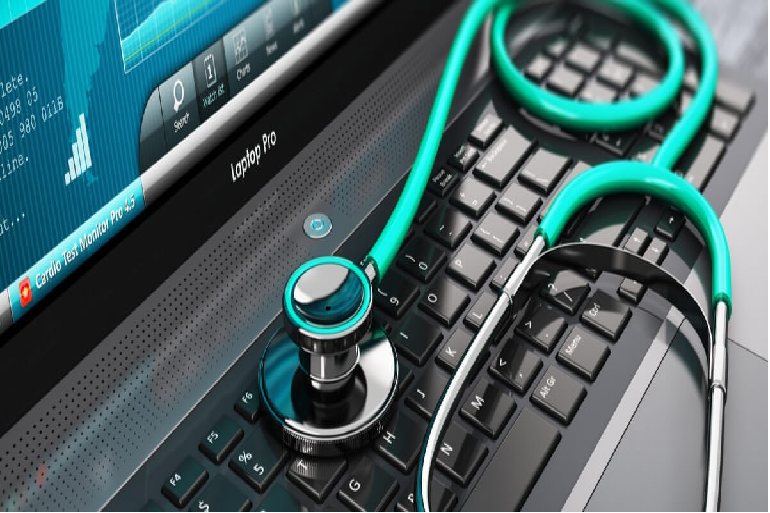Ways To Boost Your Hospital’s Data Security
In a world where everything has been slowly moving online, it’s pretty likely that your hospital is as well. Everything from patient records to appointments can be done over the internet now, and digital health is now a booming industry. There are very few downsides to being able to do your patient care online, but security is still a concern. This article will give you a few easy ways to secure your hospital’s data as you continue into the future.
1. Create Secure Logins
One of the biggest and most avoidable reasons for data breaches is weak or frequently used passwords. By simply requiring each healthcare worker or patient accessing data to create unique logins and encouraging them to update once in a while, you’ll be avoiding a lot of potential security threats. Another great way to ensure safe login procedures is by enabling multi-factor authentication solutions. This will require each individual to create an account to provide an extra layer of protection through an alternate email or phone number.
Not only does this make their account less easy to hack into, it will also give them another way to access their account if they were to forget their password or username. Encourage everyone making accounts to use different passwords for each account, and discourage employees from writing passwords anywhere visible.
2. Regularly Backup and Archive
No matter what host your website uses or how great the apps you’re using are, there’s always a chance that there could be a disaster. By regularly backing up your files onto a secondary drive, you’ll be safe in the event of a power outage, a website crash, or internet issues. When the files you’re dealing with contain sensitive patient information, it’s vitally important to the success of using digital health that you take these precautions.
It’s also a great idea to clear up any data that is no longer being used or is no longer necessary. Not only will you have more space for new data, you’ll be saving yourself from theft of sensitive documents like old health records, bank account information, bills, and more. You can either delete the data altogether, or move it to an archive of some kind in case it may be needed later on.
3. Stay Updated
The safety features on any plug-in or browser attachment you might be using will be no good unless you’re regularly updating them. This goes for software updates, as well. Updates aren’t just to make sure you have the latest and greatest features, but to patch up any vulnerabilities the software has revealed since the last update. You can automate a lot of updates to make sure that you have the most recent versions of everything. Not only will your computer and websites run more smoothly, they’ll be protected as well.
4. Know What To Look For
One of the best ways to avoid attacks from phishing and other popular tactics is by knowing what these tactics look like in the first place. If you can identify a suspicious email and mark it as spam before you open it and download a virus, you’ll be even safer than if you were simply relying on anti-viral software. Look for things like poor grammar and spelling, strange domain names, and communications about information or services that you’ve never requested.
When possible, don’t click on any links until you’ve confirmed that the email is legitimate. If this is a common issue within your hospital’s digital health platform, consider training employees and patients alike on how to identify suspicious messages and emails. Elderly people are generally more susceptible to these sorts of attacks, so make sure they have the information they need to keep themselves safe.
These tips will help you to provide the best possible care for your patients while maintaining their privacy and safety. The speed and convenience of digital health can come with some drawbacks, but by taking a few simple precautions you’ll have smooth sailing.




















